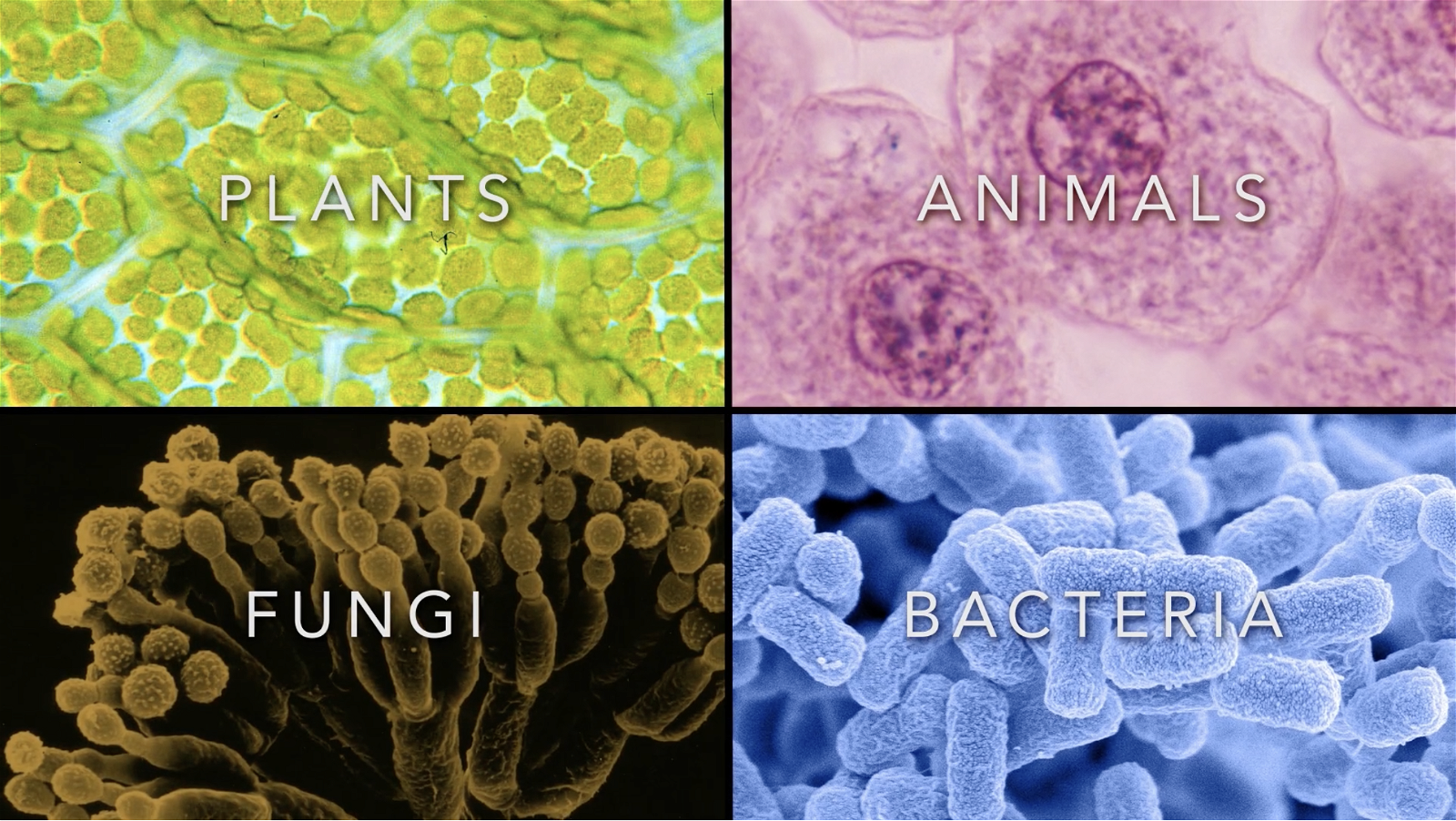If you're looking for the old Flash-based version of Inside a Cell, it's still available here.
Inside A Cell
What Does It Mean to Be Alive?
You probably feel like you know a living thing when you see it. And for the most part, you’re right. But what does a thing have to do to be considered alive? Turns out, that’s a much harder question to answer. And it’s something scientists continue to debate.
All living things on Earth are made of cells. Some living things are made of just one cell, and others are made of trillions. In fact, chemical, cell-based life is the only known life in the universe.
But with only one example to look to, it’s challenging for scientists to agree on a checklist of items that define what it means to be alive. That’s because it’s not really possible to come up with a definition that will work for life forms we haven’t found yet.

All living things on earth are made of cells. For life on earth, it’s safe to say anything that’s made of cells is (or was) alive, and vice versa.
Basic Life Functions
Most definitions for life are based on things that all cells have in common. And these things are generally considered essential for life.
One of the simplest is the PMC model, which describes 3 interconnected criteria:
- Program — This includes a way to encode instructions for building the life form, a way to read those instructions, and a way to replicate them to make more living things (i.e., reproduction). In cells, the program is written in DNA.
- Metabolism — Mainly, this is a way to capture and use energy. It can also include using raw materials to build molecules that the life form needs.
- Container — This is a barrier that keeps the life form separate from its environment. Often the container selectively lets things in and out. In cells, the barrier is a cell membrane. All living cells have a membrane.
Other definitions of life—and there are hundreds—include slightly different or additional criteria.